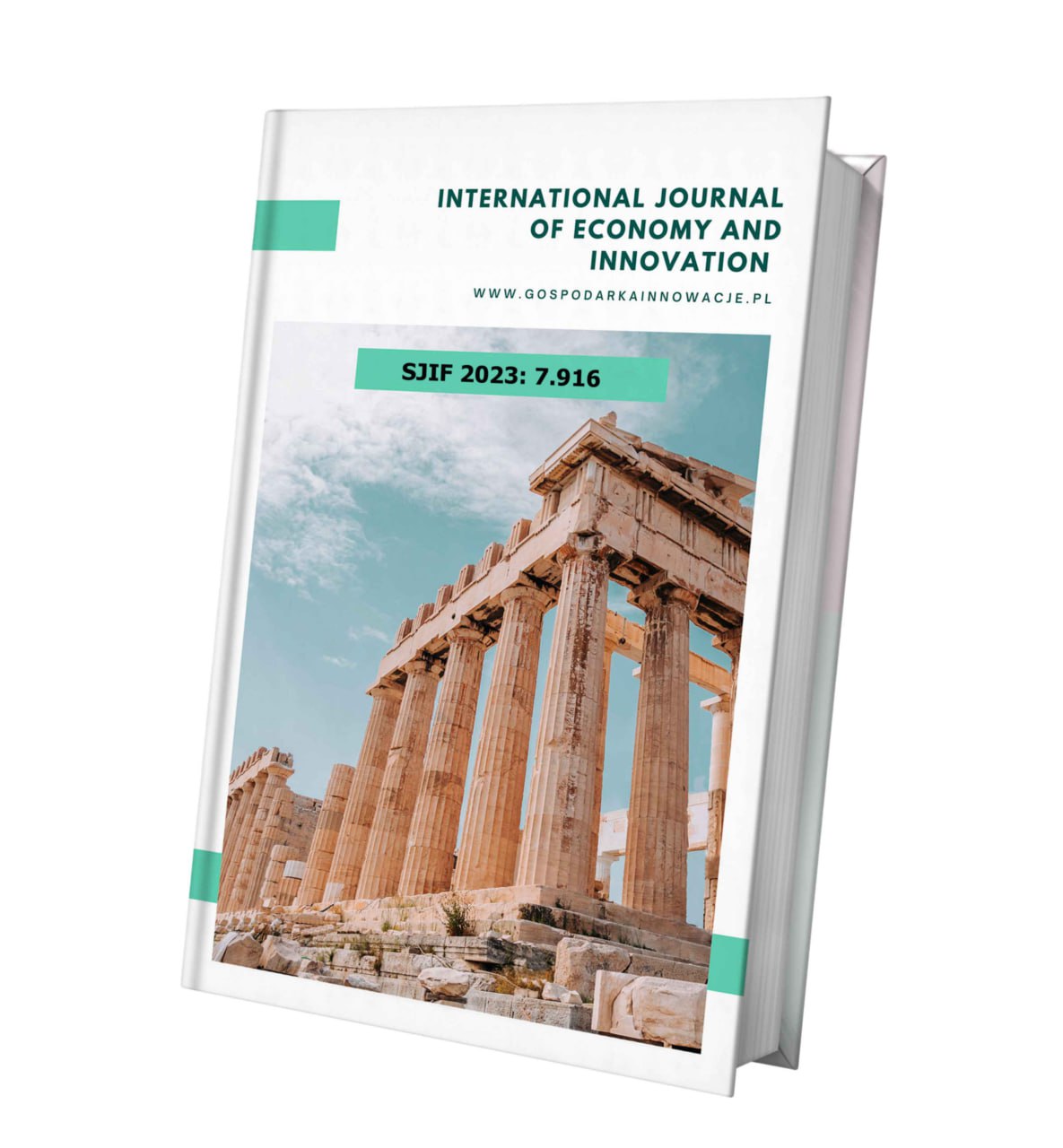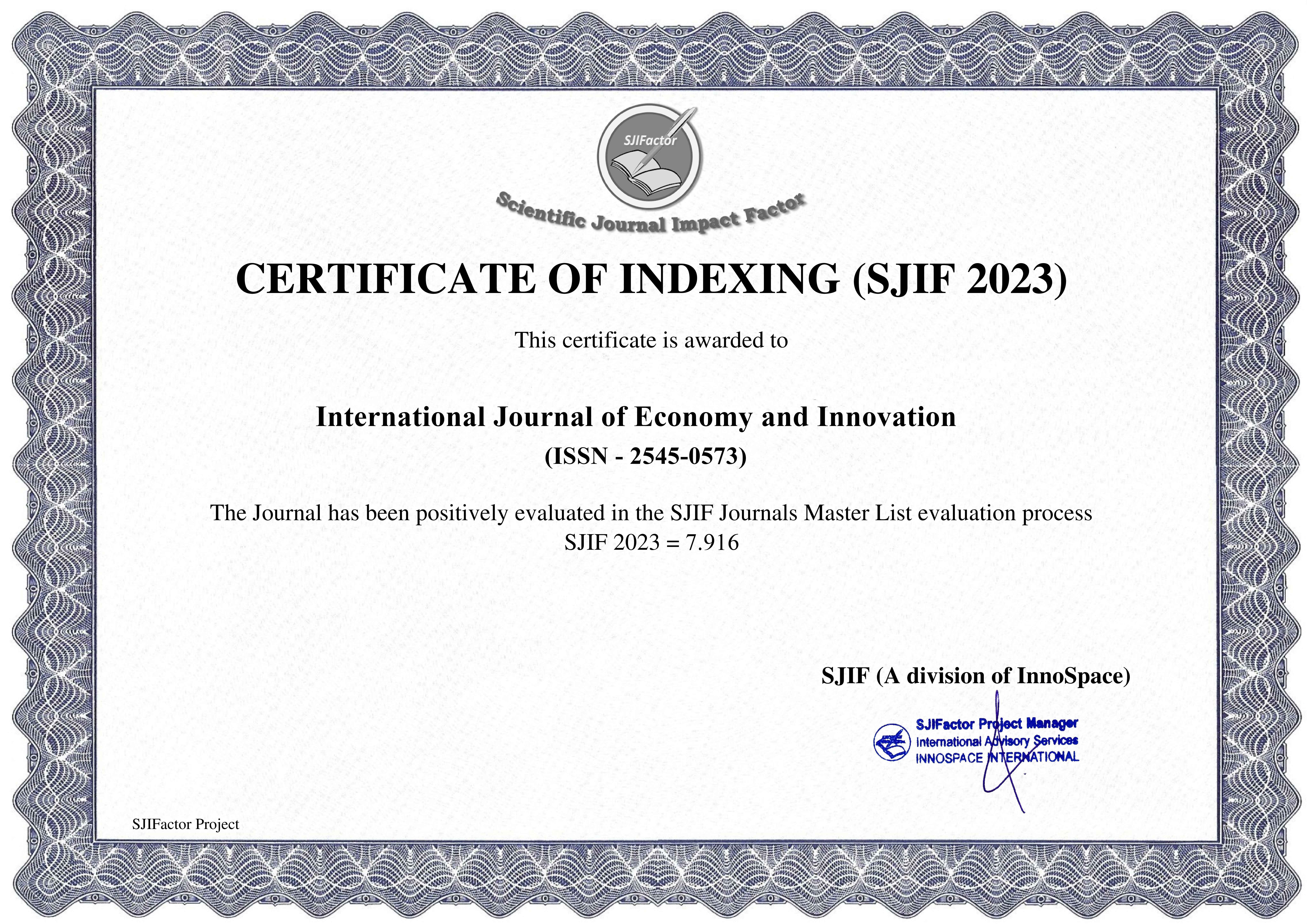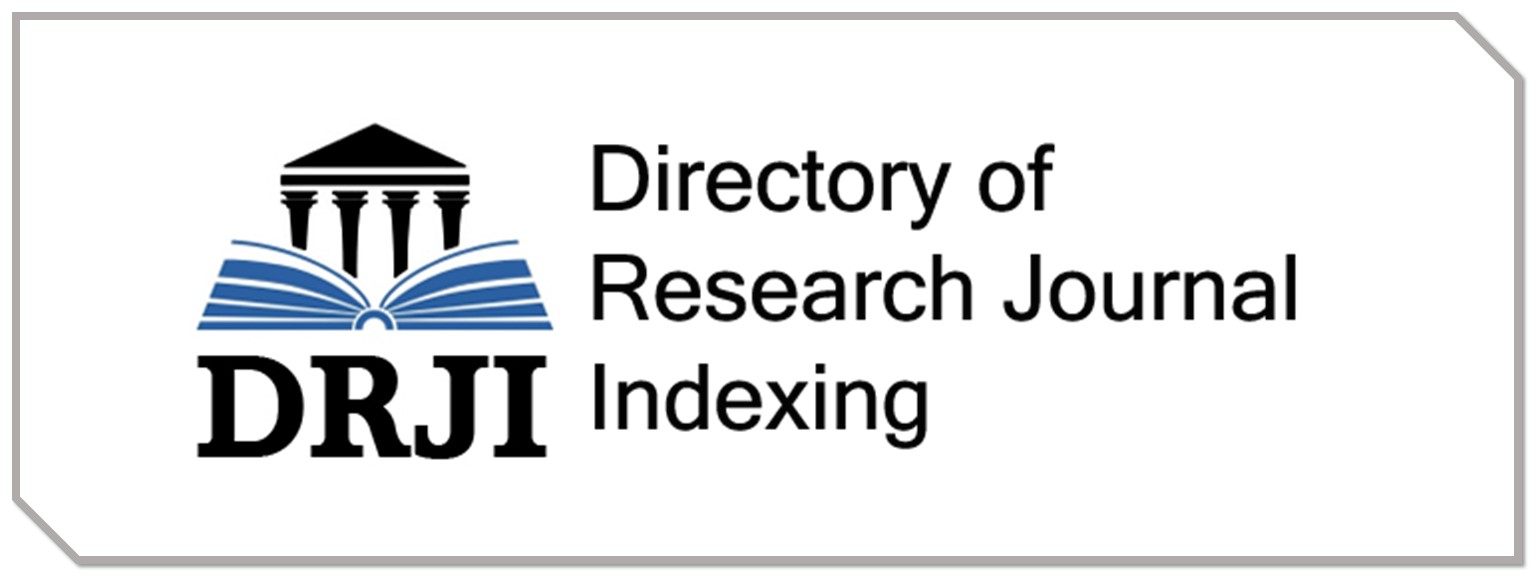FEATURES AND DIFFICULTIES OF TRANSLATING EUPHEMISMS
Keywords:
Euphemisms, ways of forming euphemisms, functions of euphemisms, culture, linguisticsAbstract
The media, in particular, the press today is the main source of information about the situation in the world, about ongoing events, which often include "negative" news. In order to mitigate or disguise the presented information of a negative nature or its individual elements, the press uses indirect renaming - euphemisms. Euphemism as a multidimensional and very dynamic phenomenon is studied in some detail within the framework of different approaches: classifications and methods for the formation of euphemisms are developed, the spheres of euphemization in different languages are considered. Despite the fact that the press is full of all sorts of euphemisms, scientific works rarely set a purely applied goal of identifying and adequately conveying such units by means of a translating language; for if the euphemism is not recognized, a negative tone can be introduced into the text of the translation, the attitude of the writer to the transmitted event is distorted, etc.


















